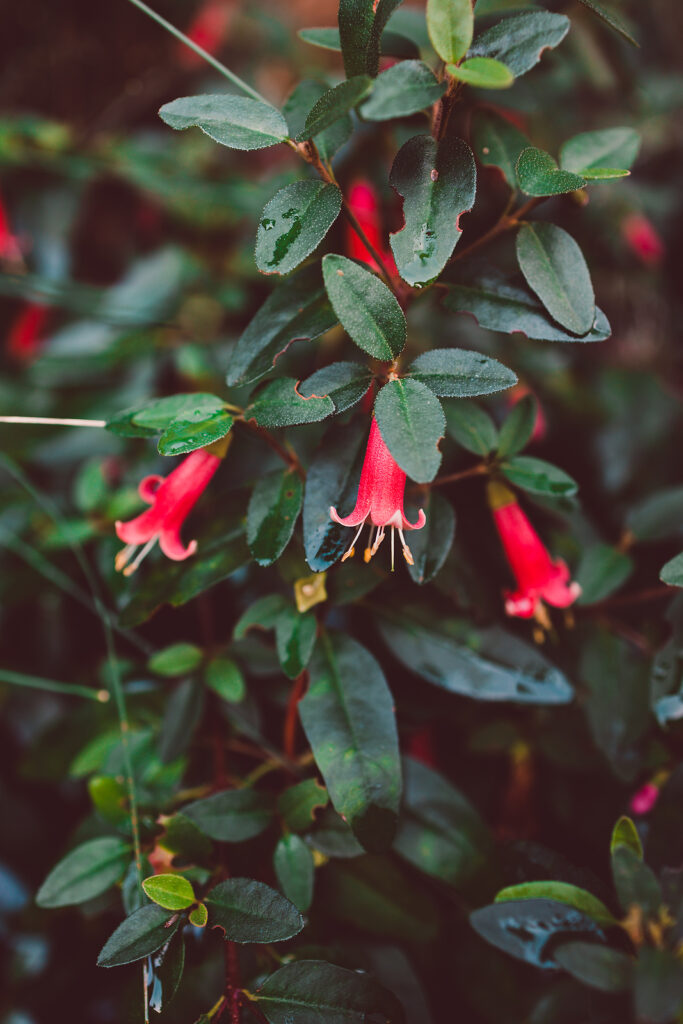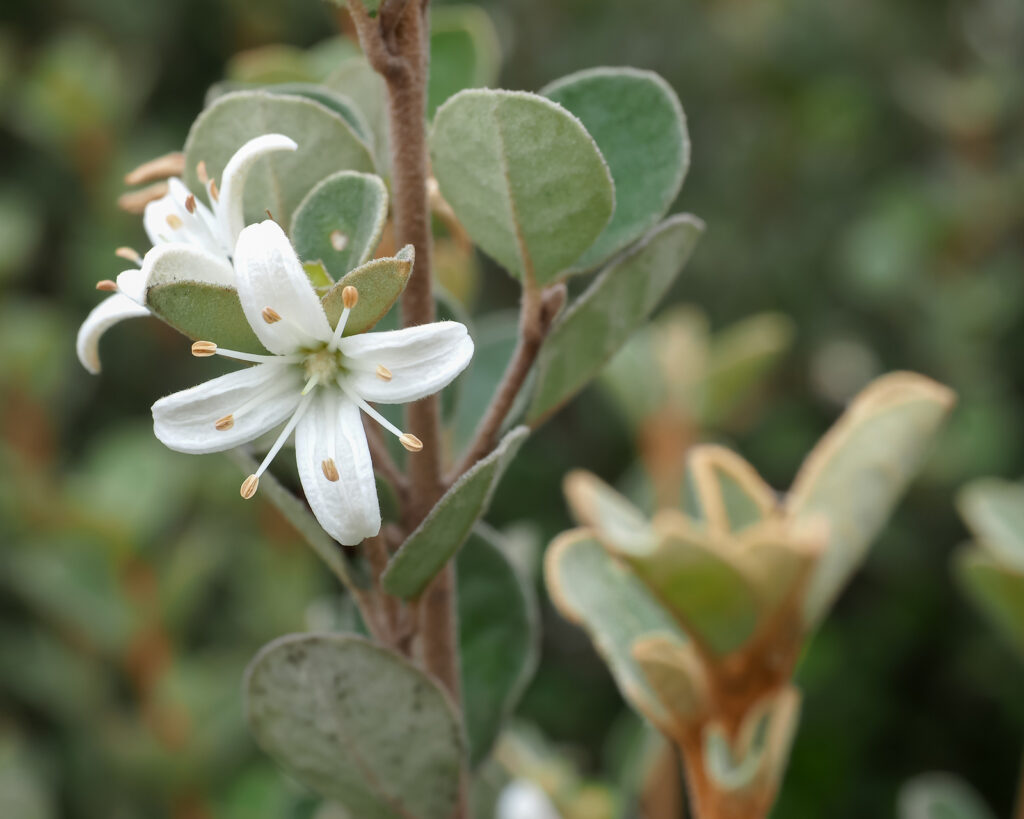How to Grow Correa – Austrailian Fuchsia
Correa, commonly known as Australian fuchsia or native fuchsia, is a genus of evergreen shrubs that are native to Australia. These plants are well-loved for their delicate, bell-shaped flowers, which can be found in a range of colors including red, pink, orange, white, and green. Correa is often grown in gardens for its ornamental value, attractive foliage, and ability to attract birds, particularly nectar feeders like honeyeaters.
Correa is a genus of flowering plants in the family Rutaceae, native to Australia. They are small to medium-sized shrubs with attractive, tubular flowers that are often pendulous or bell-shaped. Correa plants have leathery, glossy leaves that are typically dark green and may be toothed or have a serrated edge.
Correa are generally hardy and adaptable, growing well in a variety of conditions, from full sun to partial shade. Correa plants are popular in gardens and landscaping for their colorful flowers and low maintenance requirements. These plants attract pollinators such as bees and butterflies with their nectar-rich flowers. They also provide food and habitat for native wildlife. Overall, Correa plants are a beautiful and versatile addition to any garden or landscape.

Description of Correa
Correa are known for their tubular flowers that resemble fuchsia blossoms, hence their common name. Correa plants are typically bushy shrubs that can grow up to 6 feet tall, with small, dark green leaves that are often aromatic when crushed. The flowers come in a variety of colors including red, pink, orange, and yellow, and are often tubular in shape with petals that flare outwards at the tips.
- Foliage: Correa has leathery, dark green leaves that are often aromatic when crushed.
- Flowers: Its tubular or bell-shaped flowers bloom in autumn and winter, adding color during seasons when many other plants are dormant.
- Height and Spread: Correa species vary in size from small, low-growing ground covers (around 1-2 feet high) to medium shrubs that can reach up to 6 feet tall.
How Correa Can Be Used in the Garden
- Attracting Wildlife: Correa is great for attracting nectar-feeding birds like honeyeaters. Its tubular flowers also provide food for native bees and other pollinators.
- Winter Color: Since many species bloom in the cooler months, Correa brings color to the garden in autumn and winter, providing seasonal interest when other flowers are sparse.
- Low Maintenance Shrub: It’s a hardy plant, suited for dry, well-drained soils, making it ideal for low-maintenance gardens. Correa is drought-tolerant once established and thrives in both sunny and partially shaded positions.
- Coastal Gardens: Its tolerance to wind and salt spray makes Correa an excellent choice for coastal gardens.
- Understory Planting: With its ability to grow in shaded conditions, it works well as an understory plant beneath taller trees or shrubs.
- Groundcover: Low-growing varieties of Correa can be used as ground covers, helping to suppress weeds and reduce erosion on slopes.
- Containers and Borders: Compact varieties are perfect for growing in containers or for adding structure to garden borders.
Where to Plant Correa
- Correas prefer well-draining soil that is slightly acidic. Plant them in a location that receives partial shade to full sun.
- Make sure to space plants about 3-4 feet apart when planting.
Watering Correa
- Correa plants prefer regular watering, especially during hot and dry periods. Water the plants deeply at least once a week, and more often during hot weather. Avoid overwatering, as this can cause root rot.
Feeding Correa
- Fertilize Correa plants with a balanced, slow-release fertilizer in the spring. Be sure to follow the instructions on the fertilizer package for application rates.

Correa Care
- Correa is relatively easy to care for. It requires minimal pruning, just enough to maintain its shape or remove dead branches, and it adapts well to a range of climates, especially those that mimic its native Australian conditions.
- Mulch around the base of Correa plants with a layer of organic mulch, such as wood chips or bark, to help retain moisture and suppress weeds.
Pruning Correa
- Correa plants can be pruned in late winter or early spring to promote new growth and maintain a compact shape. Remove any dead or damaged branches, as well as any spent flowers to encourage more flowering.
- Prune your Correa plant after flowering to shape it and encourage new growth. Cut back any dead or damaged branches to maintain a neat appearance.
- Prune Correa plants lightly after flowering to shape the shrub and remove any dead or damaged growth. This will help encourage new growth and flowering in the following season.
Correa Pests and Diseases
- Correa plants are generally pest and disease resistant, but they can be susceptible to fungal diseases if they are overwatered.
- Keep an eye out for signs of pests such as aphids or spider mites, and treat them promptly with insecticidal soap if necessary.
- Treat infestations with insecticidal soap or neem oil, and ensure good air circulation around the plants to prevent fungal diseases.
Correa Propagation
- Correa plants can be propagated from cuttings taken in the spring or early summer.
- Take a 4-6 inch cutting from a healthy, established plant and remove the lower leaves. Dip the cut end in rooting hormone and plant it in a pot filled with a well-draining potting mix.
- Keep the cutting moist and in a warm, bright location until roots develop.
Correa Winter Care
- Correa plants are hardy to USDA zones 8-10 and can tolerate light frost. If you live in a colder climate, provide additional protection for the plant during the winter months by covering it with a frost cloth or bringing it indoors.
- Mulch also helps to insulate the roots during extreme temperature fluctuations.







